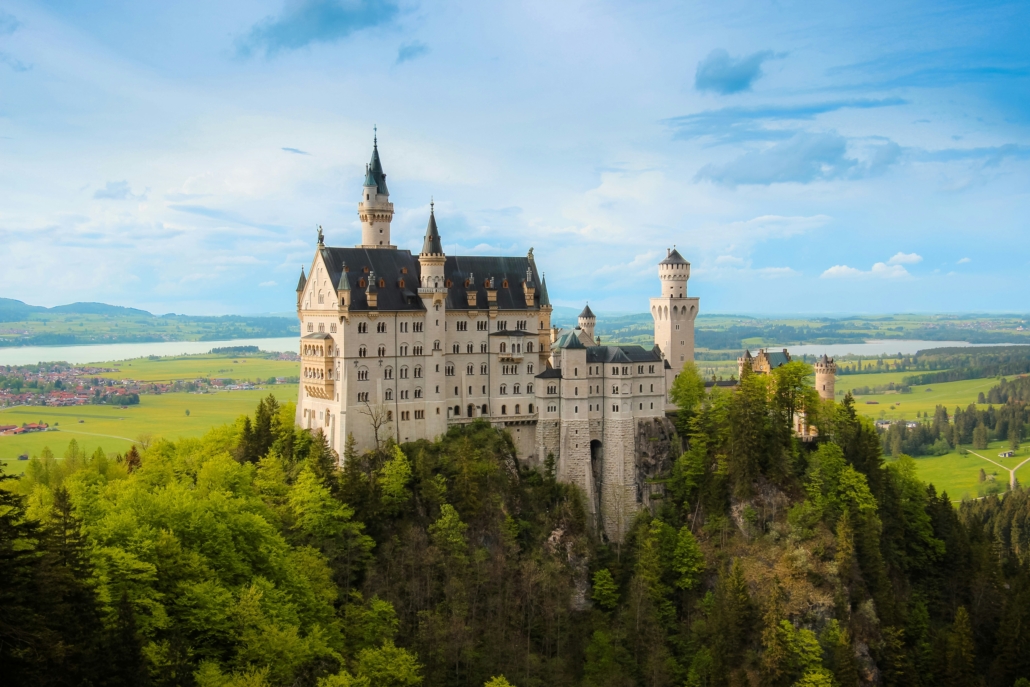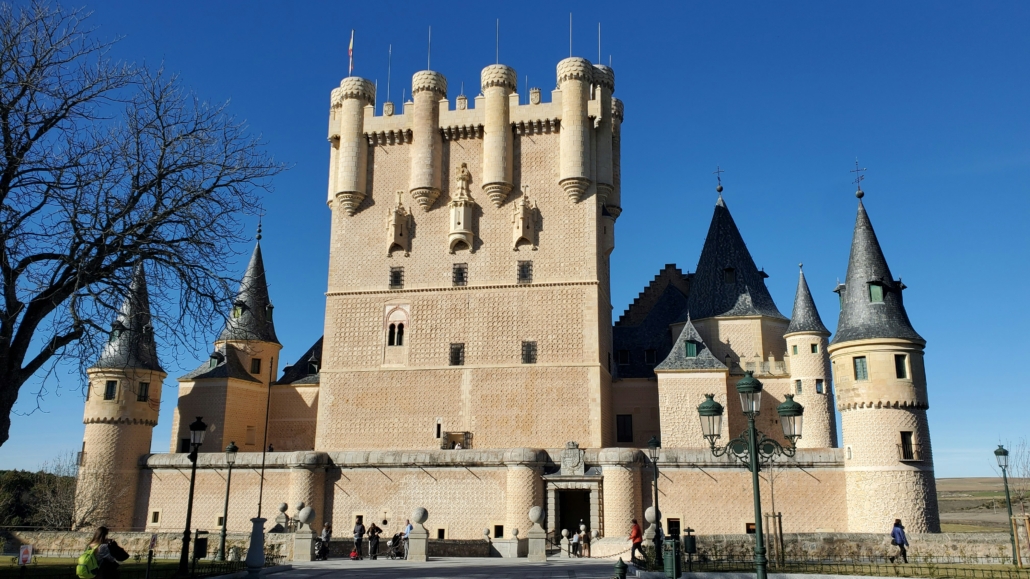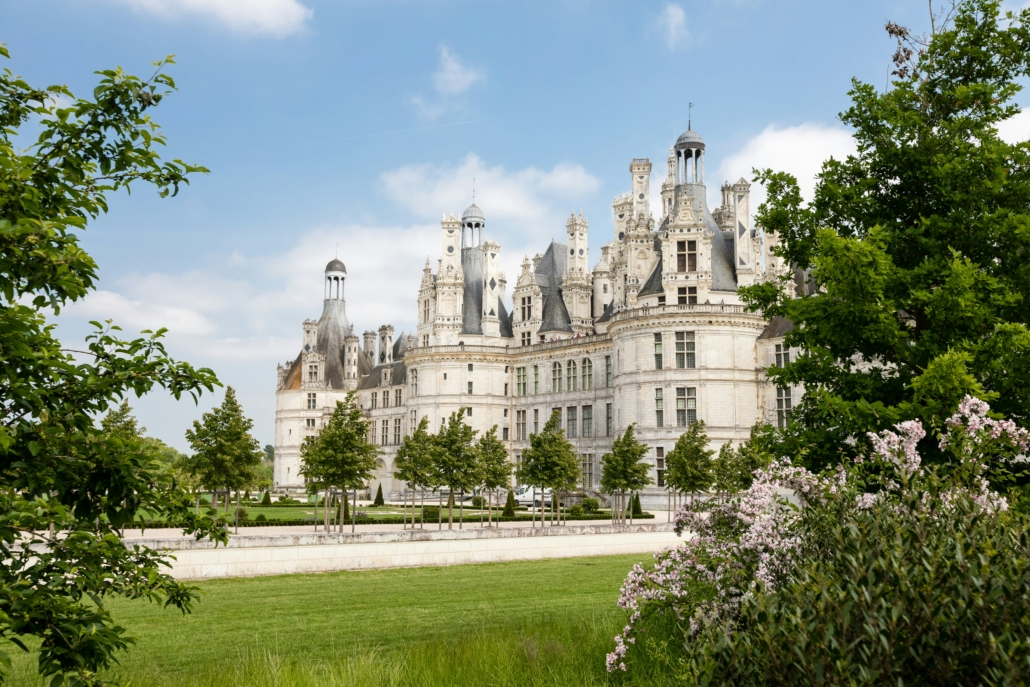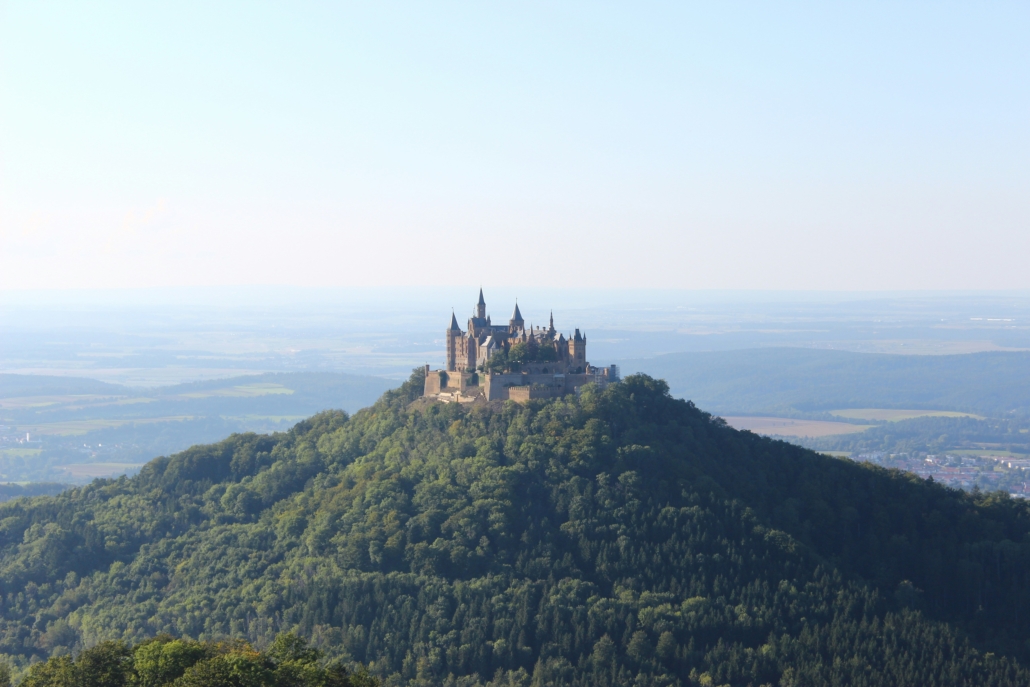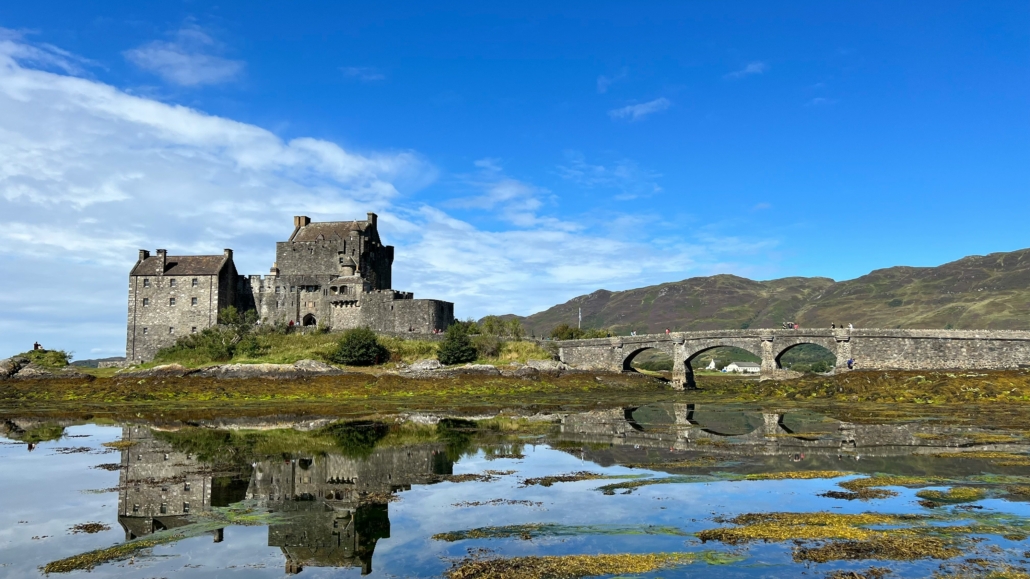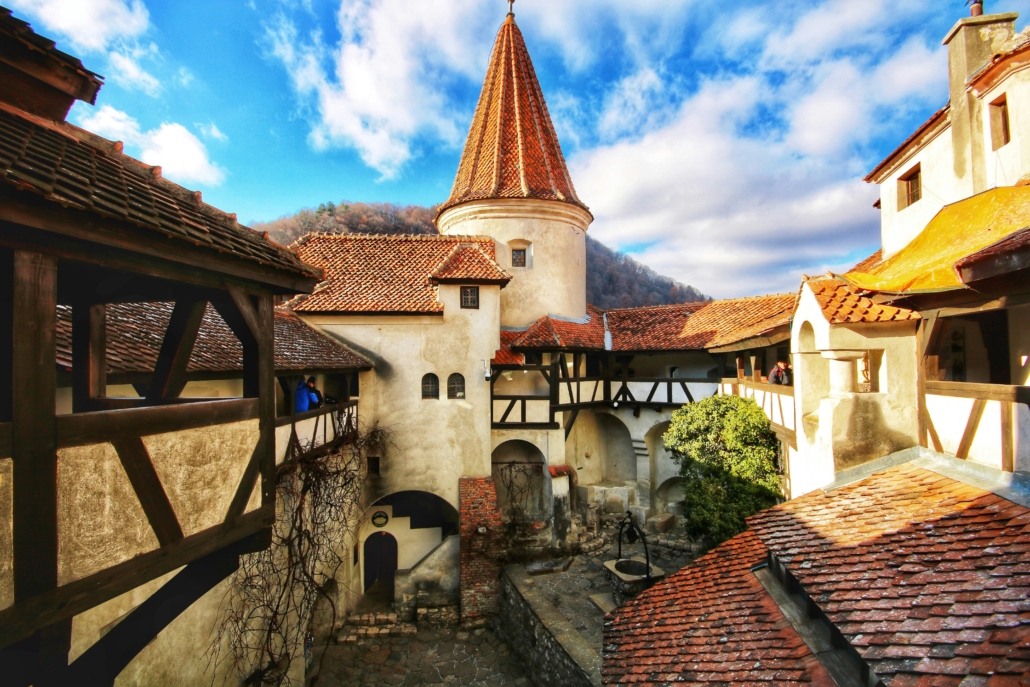Even before the invention of the airplane, travelers longed to see the world. Cruising has captured the hearts of vacationers for over 100 years. In fact, several cruise lines, like Cunard, launched in the 1800s. From the beginning, exciting innovations, thrilling journeys, and good times have defined cruising.
1844 — P&O Introduces Leisure Excursions
- As a precursor to modern cruises, P&O Cruise Line began sailing small ships around the Mediterranean purely for the pleasure of sailing and seeing the sights. This was the first step in changing the sailing industry from its focus on mail and cargo to one about carrying passengers for travel and pleasure.
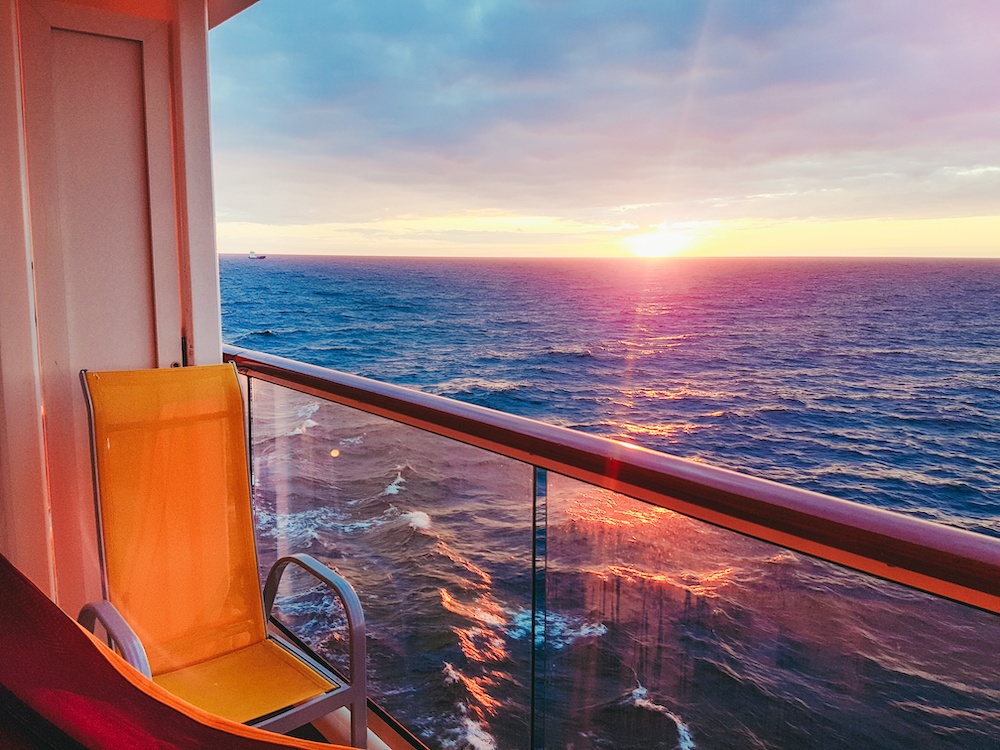
1900 — Prinzessin Victoria Luise is built in Germany
- This was the first ship to be exclusively built for luxury cruising rather than for cargo transport, marking the beginning of cruising as we know it today.
1922 — The first world cruise set sail.
- The Laconia of the British Cunard Line set sail on the first world cruise. This voyage lasted six months and took guests to the most popular and far-off destinations in the world.
1950 — Cunard held an all-American celebrity cruise.
- Cruising was popular among the world’s biggest stars and was a social event complete with drinks, dancing music, and more. On one voyage, Cunard hosted special guests that included Judy Garland, Frank Sinatra, Elizabeth Taylor, Walt Disney, and Rita Hayworth.
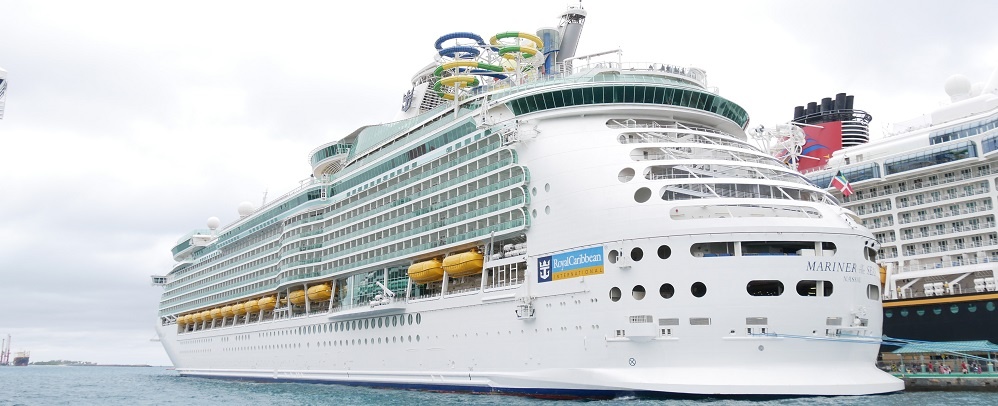
1960s and 1970s — Modern cruise lines are founded.
- Though some cruise lines can trace their history back to 1800s, many of today’s modern cruise lines were founded in the 1960s and 1970s. Princess Cruises launched in 1965, Norwegian Cruise Line in 1966, and Royal Caribbean in 1968. Carnival Cruise Line followed soon after, launching in 1972.
1977 — The Love Boat premieres.
- Set on a Princess Cruises ship, this television show tells the story of Captain Merrill Stubing, his crew, and passengers, often played by guest stars. The show frequently featured the Pacific cruise ports of Puerto Vallarta and Acapulco. Many credit The Love Boat for the rise in popularity of cruising.

1990s & 2000s — Bigger and Better
- Ships grew bigger and got better. Cruise lines worked to incorporate unique onboard activities, exclusive shows, more dining options, and kid-friendly fun! These advancements paved the way for the technology-packed, incredible cruising experiences!
Cruise lines’ plans for ships in 2024 and beyond will usher a new chapter in cruising history. From even more mega-ships to ultra-luxury sailing ships and expedition cruising, it’s amazing to see how far we’ve come and the options now available. Let’s start planning your next cruise today!

